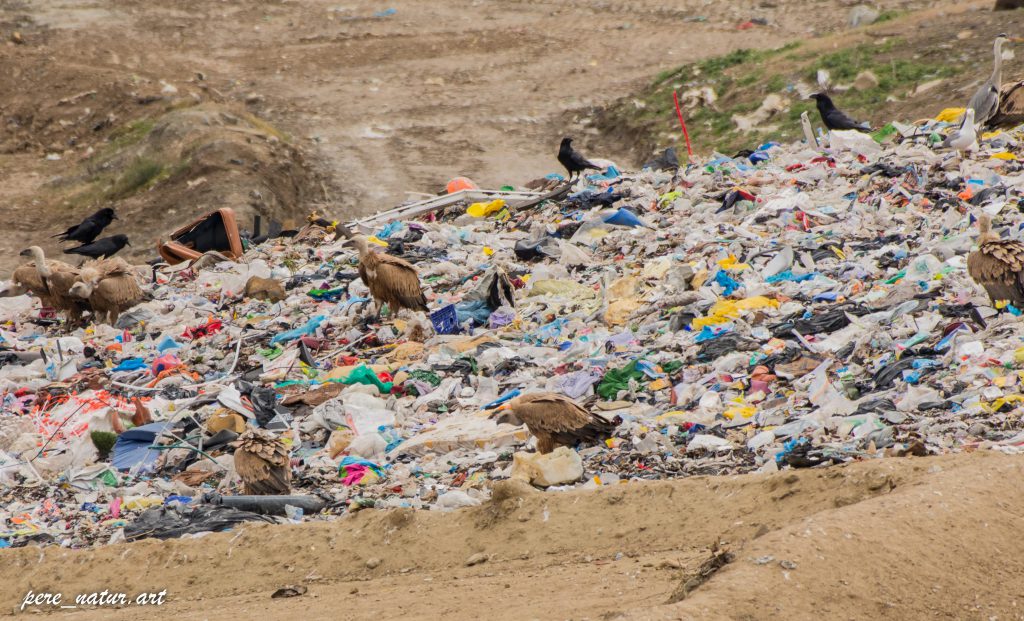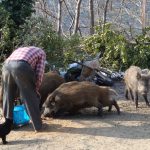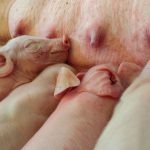Eurasian griffon vultures feeding on landfills are colonized by multidrug-resistant bacteria similar to those causing hospital-acquired infections.
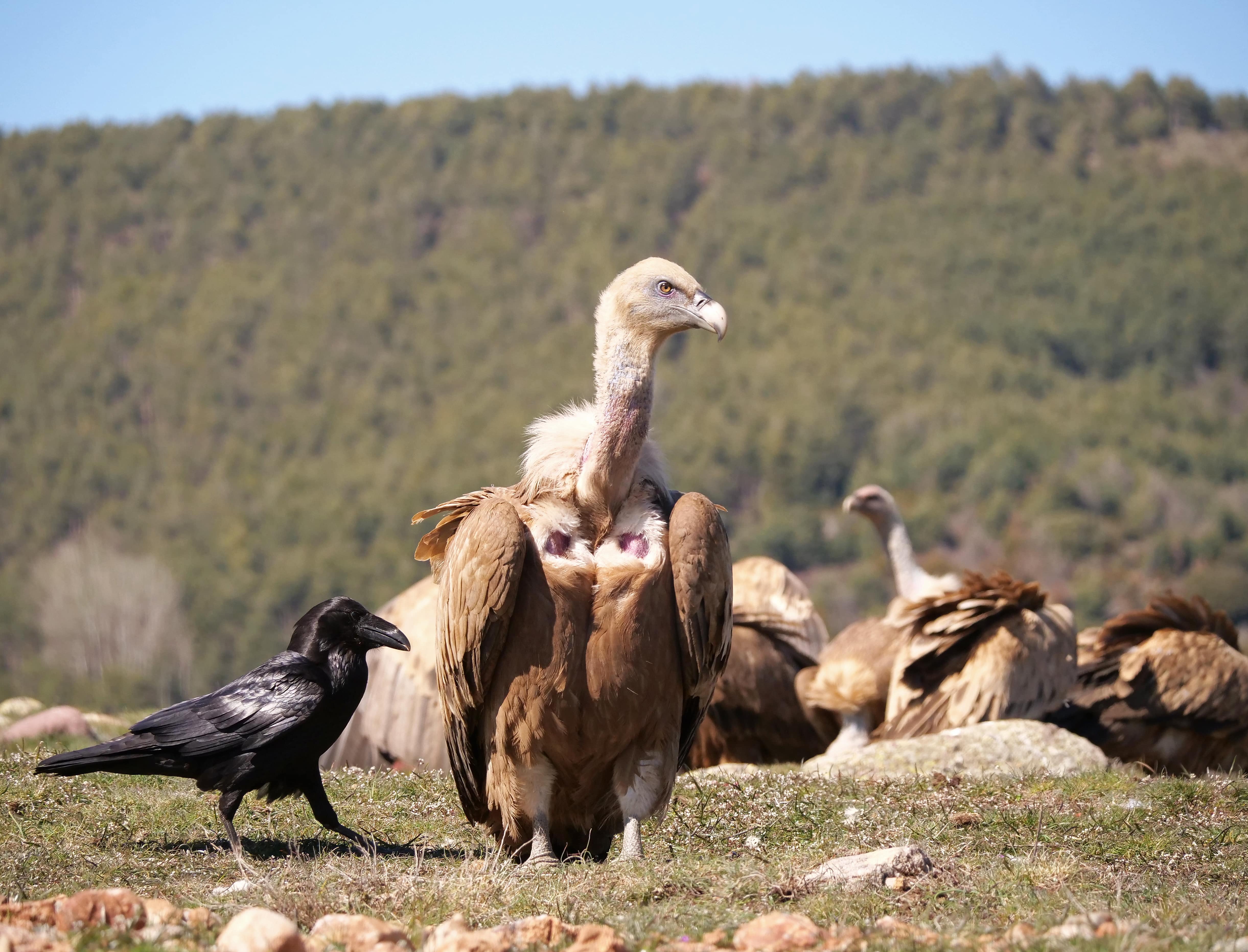
The emergence of antimicrobial-resistant bacteria is a global health problem favored by the use and misuse of antimicrobials in both, human and animal medicine. Bacteria acquiring resistance can reach the environment, acting as a reservoir and spreader of such resistances. This is why, antimicrobial resistance requires a ‘One Health’ approach, which recognizes the interdependence between human, animal and environmental health.
Within the ‘One Health’ paradigm, wildlife plays an important role in the persistence and spread of zoonotic diseases. However, changes in the land use and ecosystem fragmentation, mostly caused by human activities, can have a negative impact on the health of wildlife.
The griffon vulture is one of the four scavenger avian species living in the Iberian Peninsula. They were endangered until recently. Thanks to conservation measures, including the establishment of “vulture restaurants” where animal carcasses are deposited, their populations have recovered and now represent 90% of the European population. However, the existence of landfills has led Eurasian griffon vultures to forage opportunistically on the organic matter deposited in these areas.
In this study, researchers from CReSA (IRTA) in collaboration with the Wildlife Conservation Medicine (WildCoM) UAB research group, have sampled cloacal swabs from Eurasian griffon vultures feeding in a landfill in central Catalonia. In these samples we have identified a large number of animals colonized with multidrug-resistant bacteria genetically close to lineages commonly isolated in humans and associated with hospital infections. These results indicate that landfills are an environmental source of multidrug-resistant bacteria associated with human infections.
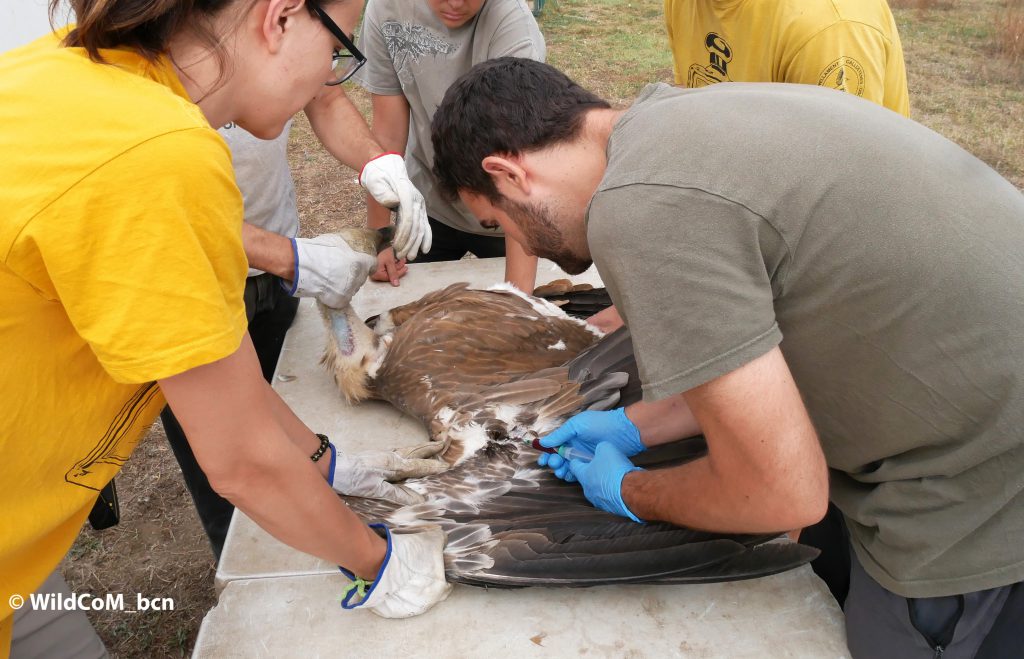
In views of the antimicrobial awareness week on the final days of november, we call for adoption of specific measures to avoid the contact of scavenger species with human waste disposed at landfills to precautionarily protect wildlife and to limit the spread of MDR into natural environments.
Paper: https://www.sciencedirect.com/science/article/pii/S0048969723072534?dgcid=author
Authors: Judith Guitart, Johan Espunyes, Maria Puig, Lourdes Migura e Ignasi Marco
